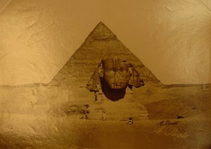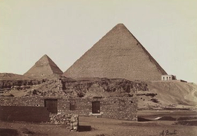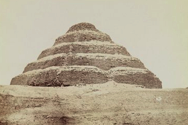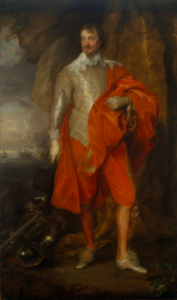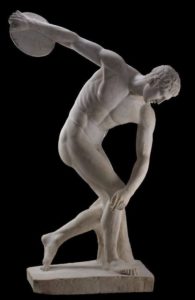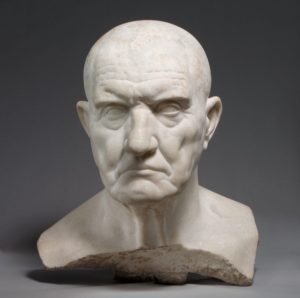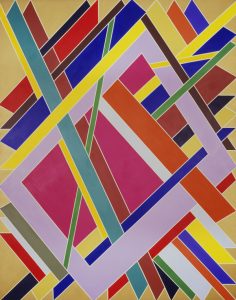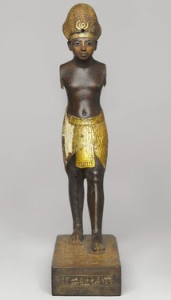
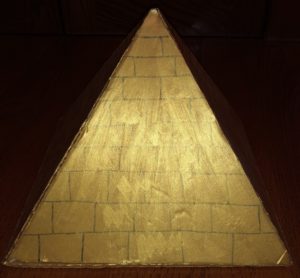
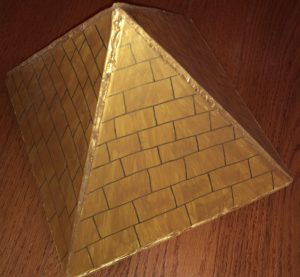
Above are images of my artwork at different angles that I created for the creative aspect of my final project in this art class. The artwork that I have chosen for my project was Egypt’s architecture, more specifically, Egypt’s Pyramid of Giza. I chose this topic because I am fascinated by how this pyramid is one of the longest lasting pyramid to date today and its structure is very intricate. By recreating this pyramid, I wanted to focus on the bright color the pyramid contains, its dimensions, reflections and structure. Although the pyramid is 455 feet tall, I created a miniature version of it. The Pyramid of Giza is made out of almost 5 million blocks of limestone and was casted with agglomerated limestone concrete. Because I do not own those materials, I chose to improvise and use cardboard, and then draw many lines to represent the bricks. The Pyramid of Giza insists of tawny tones, which match the Desert it is located in, and the sparkle it has gives the pyramid a polished look. The shine comes from slabs of highly polished white limestone and stones were plated with gold, contributing to the sun reflection upon the limestone. In order for me to capture the exact architecture layout of the pyramid, the looks mattered, which is where the paint comes as an essential aspect. I chose a golden yellow paint to replicate the real pyramid. The shine in the paint shows the shine when the sun reflects the Pyramid of Giza and the sparkle the stone releases. In addition, while making this pyramid, I focused on the elements of composition: line, shape, color, value, texture, form, and space. These elements were vital in depicting a smaller version of the pyramid because when all of them are used together and are organized neatly, it determines what the outcome would be of my art piece. Knowing this, I made sure that the bricks are approximately evenly spaced and the lines show the formation the bricks took to form a triangular prism shape. Although the texture is difficult to portray through cardboard, I made sure to use the color to show the shine and bright colors that the Pyramid of Giza exhibits. Antonio Beato’s, “Giza, Family of Tourists” art piece accurately displays the bricks, dimensions and texture the pyramid has, which helped me choose how to outline the bricks. It is noticeable that the limestone bricks reflect a dark shadow, which shows the distinction and space between each brick and using a marker, I was able to define the dark shadows and arrangement of it as well. Antonio Beato’s other art piece, “Pyramids at Giza”, shows the pyramid in its original location, in the outskirts of Cairo, and its dimensions as well, which I took into consideration. Successfully, I was able to create the exact artwork using many materials to create what I had in mind. With doing so, I made sure that it was a true representation of Egypt’s Pyramid of Giza, an important structure that holds a lot of history for Egypt.


